After reviewing and absolutely loving the OPPO Find X2 Pro last year, I was pretty heartbroken that OPPO chose to send its successor to Rich Woods for our review at Neowin, even more so after it turned out to be such a great phone. However, OPPO did end up sending me the Find X3 Neo, the more affordable flagship for this year, which still packs quite a bit to be excited about.
Outside of the Pro, the Find X3 series is actually just a rebranding of other OPPO smartphones that released in China a few months ago. The Find X3 Lite is a rebranding of the OPPO Reno5, and it's very similar to the Reno4 Pro 5G I had already reviewed, and the Find X3 Neo is a rebranding of the Reno5 Pro+, and it's still a pretty unique phone in its own right.
The Find X3 Neo packs generally flagship-level components, but it's closer to a 2020 flagship than one from this year. Considering the lower price tag, it still has a lot to love, with one of my personal favorite things about it being the design.
Specs
| CPU | Qualcomm Snapdragon 865 |
|---|---|
| GPU |
Adreno 650 |
| Display |
Exterior: 6.6 inches, 1080x2400 (21:9), 405ppi, 90Hz refresh rate, OLED |
| Body |
159.9 x 72.5 x 8mm (6.30 x 2.85 x 0.31in); 184g (6.49oz) |
| Camera | 50MP IMX766 main, 16MP ultra-wide, 13MP telephoto (2x optical zoom), 2MP macro; Front - 32MP |
| Video | 4K 60fps; Front - 1080p 30fps |
| Aperture | f/1.8 + f/2.4 + f/2.2 + f/2.4, Front - F/2.4 |
| Storage | 256GB; non-expandable |
| RAM | 12GB |
| Battery | 4,500mAh |
| Connectivity | Wi-Fi 6, Bluetooth 5.2 |
| Color |
Galactic Silver (as reviewed), Starlight Black |
| OS | Android 11 with ColorOS 11 |
| Price | £699 / €799-€819 (varies by country) |
Day one
Design
Remember how I started my review of the OPPO Reno4 Pro 5G saying that it was the most beautiful phone I've reviewed? Well, this might be the phone that changes that, and once again, it's all about the color. I love colors, and the Find X3 Neo, specifically in this Galactic Silver model, has a ton of them. OPPO uses something called OPPO Glow, where the back feels like it's covered in microcrystals, and on this phone, they're made to reflect light in some crazy ways. Depending on how you look at it, it will always look a little different and it's just awesome to see how it looks from different angles.
It feels really nice to the touch, too. Unlike the Reno4 Pro 5G, the Find X3 Neo actually uses a glass back, which gives it a slightly different feel to the touch. It's surprising how similar it feels in terms of texture, which is why I said it was made of plastic in my hands-on video. Glass does give it a very solid feel, though, and it's good to see that OPPO isn't cheaping out on the build quality for this lower price tier - an advantage this phone has over the similarly-priced Samsung Galaxy S21.
I also really like the look of the camera bump on this phone. It's the kind of thing that's hard to put your finger on, but the metal look of the overall setup with its shiny chamfered edges just contrasts really well with the colorful glass backplate.
The Find X3 Neo has another unique factor up its sleeve, particularly on the top edge of the frame, which is covered in a small plastic plate instead of being all-metal. I asked OPPO why it chose to do this, and apparently, it's just because it looks nice. I have to agree that it does, especially because this plate glows in the dark for some reason. During the day, it just has a colorful sheen, which varies between pink and blue depending on how you look at it. I also wouldn't be surprised if this helps with wireless reception, which I've found to be very good on this phone.
The sides of the frame are typical OPPO style. The right side has a power button with OPPO's signature green accent, which I still like.
The left side has a volume rocker with visibly separated buttons. I quite like the feel of these buttons, they're solid and clicky.
The bottom edge of the phone is also somewhat new for OPPO, being that it's completely flat. It reminds me somewhat of Samsung's Galaxy Note20 Ultra, and it houses the usual components - a bottom-firing speaker, USB Type-C port, and a SIM card slot.
Display and sound
The OPPO Find X3 Neo packs a 6.5-inch Full HD+ AMOLED display with a 90Hz refresh rate, which is about what you'd expect for a modern high-end phone. It's not quite flagship level, and it loses out to Samsung's 120Hz panels, but 90Hz already offers a very smooth-feeling experience. It also has up to a 180Hz touch sampling rate.
OPPO also touts up to 1100 nits of peak brightness, so you can easily use this phone anywhere and still have the screen be clearly visible. It's a screen that looks great, with vivid colors and enough sharpness for its price point. Few phones include a QHD display at this price point nowadays, and I'm fine with that.
One thing that's bothered me about the display is what happens when quickly scrolling through content with black UI elements, and particularly when switching from black to other dark colors. There's a bit of a purple trail behind those black elements, which OPPO tells me is because of the time it takes for pixels to discharge, especially with dark colors or low screen brightness when each pixel has a less powerful current. OPPO told me this is common for OLED displays, but comparing with some other panels, it still seems a bit more noticeable to me on the Find X3 Neo - though it does happen on other phones as well.
As for sound, the Find X3 Neo has a stereo speaker setup, comprised of the bottom-firing speaker and an amplified earpiece, and it sounds great. Similar to my previous OPPO experiences, the speakers can get pretty loud and there's not much distortion at high levels, so they're some of my favorite speakers for media consumption.
Camera
The camera experience is probably the biggest difference between this phone and the Find X3 Pro, or at least, the one that's most likely to make you prefer the Pro, in my opinion. The Find X3 Neo does use the same main sensor as the Pro - a 50MP Sony IMX766 - but the rest is a downgrade across the board. You get a 16MP ultra-wide camera, a 13MP telephoto lens with 2x optical zoom, and a tiny 2MP macro camera, which is as useful as it's always been, and by that I mean it's not very useful.
The star of the show is naturally the main sensor, and there are definitely some things I love about it. It produces pretty sharp and detailed images, and in daylight, colors look fantastic on this phone, albeit often oversaturated to some degree. But before we get to real-life shots, I decided to create a sort of benchmark for cameras starting with this review, and for that, I took three pictures of different amiibo figures with different zoom levels. These shots were taken in my room, using only the ceiling light to illuminate the scene. See how the OPPO Find X3 Neo compares to the OPPO Find X2 Pro below. The pictures were taken with the ultra-wide camera, main camera, and then at 3x zoom - which uses the main camera on the Find X2 Pro and the telephoto camera on the Find X3 Neo. For each shot, the Find X2 Pro is listed first.
As you can see, the pictures come out much darker with the Find X3 Neo, which ends up hurting the amount of detail in the darker areas, such as the mesh clothing below the figure's neck. The Find X2 Pro was a higher-end phone at launch, of course, but the phones do have the same chipset, and the Find X3 Neo has the same main camera as the Find X3 Pro. Maybe some software tuning could help with this, but it's not amazing as it is.
As for more realistic use cases, like I said, there's a lot that I like about this phone's camera, particularly the main sensor. Pictures do look very sharp in general and they have a nice, natural bokeh effect when taking close-up pictures of something. The colors it produces are also very pleasant, albeit a little too vibrant compared to real life. There's some inconsistency between the colors in the three cameras, which is nothing new or exclusive to OPPO, and it's also not too bad. Something to watch out for using this phone is the AI scene recognition, which sometimes makes colors even more vibrant when they shouldn't be. Again, that's not exclusive to OPPO, but it was certainly noticeable with this phone.
If you'd like to see additional samples, I also used the Find X3 Neo for the pictures I used in my review of the Huawei Mate X2. I am slightly disappointed in the selfie camera on this phone, which isn't as sharp as I'd like it to be. I think Samsung phones really spoiled me on this since they consistently have very sharp selfie cameras, even when they're just a 10MP sensor.
OPPO packs a pretty good night mode in its phones, and I'm still a fan of it. My favorite thing, though, is night mode for video. I've been praising this feature ever since I first saw it on the TCL Plex in 2019, and I will keep praising it. When you turn on the AI Highlight mode in video recordings and you're in a dark environment, night mode kicks in and makes everything so much more visible. Almost every phone has a night mode for photos, but having it in videos is awesome and it makes a huge difference. TCL did this with a dedicated camera for night time, but here, it's a software toggle, and this time it even works with the selfie camera.


I also find that OPPO has some of the most intuitive camera software out there, though that could just be because that's what I have the most experience with. All the most common options are laid out nicely in the Camera app, with ColorOS 11 bringing some welcome changes, like swiping down from the top of the viewfinder for additional settings. Other features like dual video, pro modes, and macro photos are hidden in the More section.
Performance and battery life
Some may balk at the idea of buying a Snapdragon 865-powered phone in 2021, especially when you consider Samsung is offering its Galaxy S21 with the latest silicon at a similar price point, but truth be told, the Snapdragon 865 is still more than fast enough for most people's needs. I never found myself really wishing I had a faster phone. At the same time, the Find X3 Neo has its own advantages against Samsung's phone here, like 12GB of RAM and 256GB of internal storage. The Galaxy S21 only stays in the same price range if you stick to 8GB of RAM and 128GB of storage, and 12GB of RAM isn't even an option unless you get the S21 Ultra.
Of course, in terms of raw performance, the Snapdragon 865 does fall behind other flagships this year, as you can observe in benchmarks, but it's actually not far off from Samsung's Exynos 2100. In fact, in AnTuTu, the Find X3 Neo still beats the Galaxy S21 Ultra, mostly thanks to the more powerful GPU.
GeekBench 5, a test focused on the CPU, does give the newer chip a clear advantage in terms of performance, both in multi-core and single-core, where the standard Galaxy S21 got 1079 and 3370 scores, respectively.
As for GFXBench, which tests the GPU, the Find X3 Neo stands its ground pretty well, trading blows with its competitor.
Of course, if you bring in something like the OnePlus 9 into the mix, the Snapdragon 865 loses a bit more steam compared to its successor, the Snapdragon 888. Still, performance is something you won't be missing out on in general.
Battery life is pretty great, too. With a 4,500mAh battery, the Find X3 Neo usually lasts me at least a day and a half on a charge, which I think is solid enough. I've had it last two full days with more moderate usage, so it's definitely not bad battery life. As per usual with OPPO's more expensive phones, you can count on 65W wired charging, which is awesome. Some other manufacturers have caught up with this charging speed over time, but being able to get back to 100% in about 40 minutes is still awesome. I never charge my phone overnight because it can charge up very quickly, but if you do prefer charging while you sleep, OPPO has also implemented a smart charging feature that prevents the phone from charging to 100% until you're about to wake up and unplug it.
Conclusion
There's a lot that I like and love about the OPPO Find X3 Neo, and I think anyone would be hard pressed to say this is a bad phone in any way. My favorite thing about it has to be the design and the Galactic Silver colorway, which really makes it look unique. I'll always find myself moving this phone in all kinds of different angles to appreciate the way it reflects light. Plus the fact that it glows in the dark kind of boggles my mind in a good way.
Other aspects of the phone are also good. The display looks nice and has a nice enough refresh rate, sound quality and volume is great, performance is more than good enough, and battery life is also solid. The camera is capable of some really nice shots, and it's always good to see the return of things like night mode for video. Of course, I do wish a periscope camera was here, but those aren't too common in any phone, let alone at this price. And I also have to mention that ColorOS 11 is probably my favorite Android skin.
There are some things that took away some of the enjoyment I had with this phone, though. The oversaturation of some of the pictures I took with this phone, specifically the ones I used for my "benchmark", threw me off a bit. I also stand by the complaint I made about scrolling quickly when using a dark background or low screen brightness. Yes, it happens on other phones, but it's more noticeable than I'd like here.
Overall, though, there's a lot of positives with this phone, and putting it against its most direct competition in the Android space, the Galaxy S21, the Find X3 Neo has some advantages. It uses a more premium build, it has better battery life (and much faster charging), more RAM and storage for the same price, and what I'd say is slightly better audio. I'd also say the camera holds up a bit better at night, though they're not too far off from each other during the day. On the other hand, Samsung offers a better display and a faster processor.
If I were choosing between the two, I think I'd go with Find X3 Neo. If you agree, you can find it on Amazon UK for £699, or check your local OPPO website to buy it in your country. In most European countries, it costs €799, but prices may vary. It's worth mentioning that this is about the same price as the Reno4 Pro 5G I mentioned before, despite being better in almost every way.







































































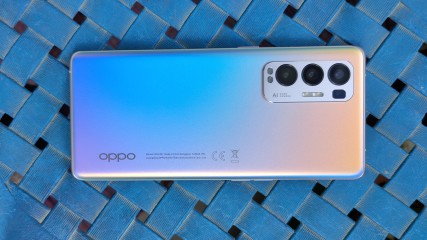
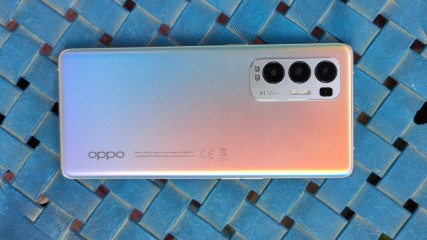
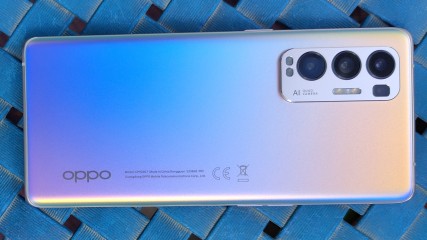
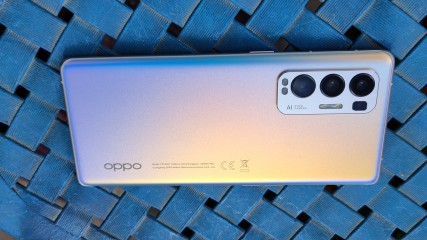
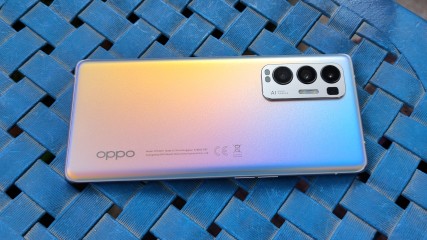
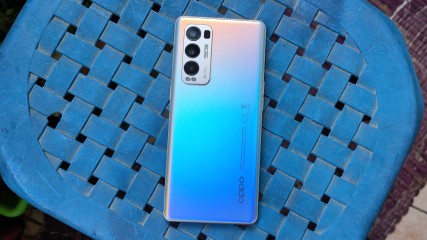
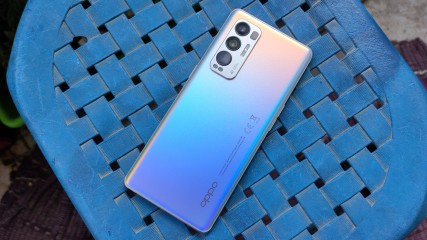

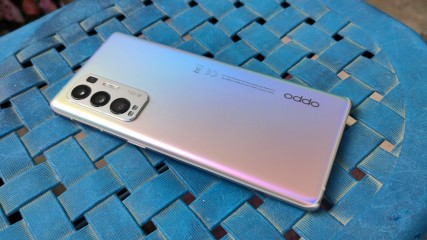
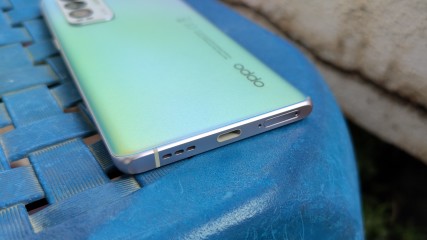
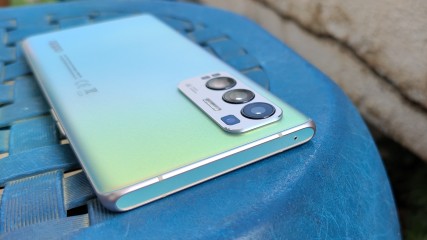
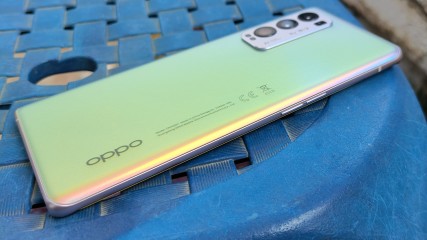
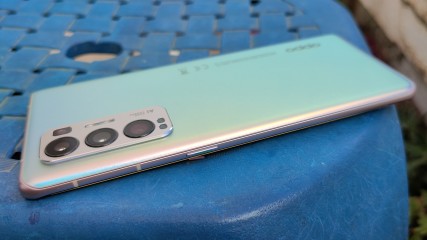

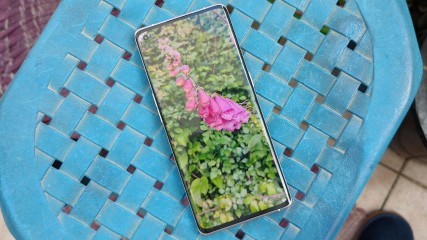

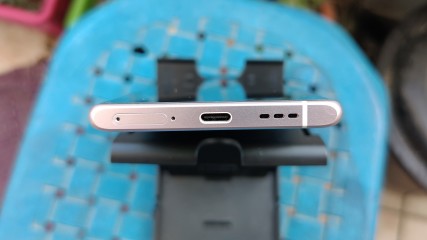












8 Comments - Add comment